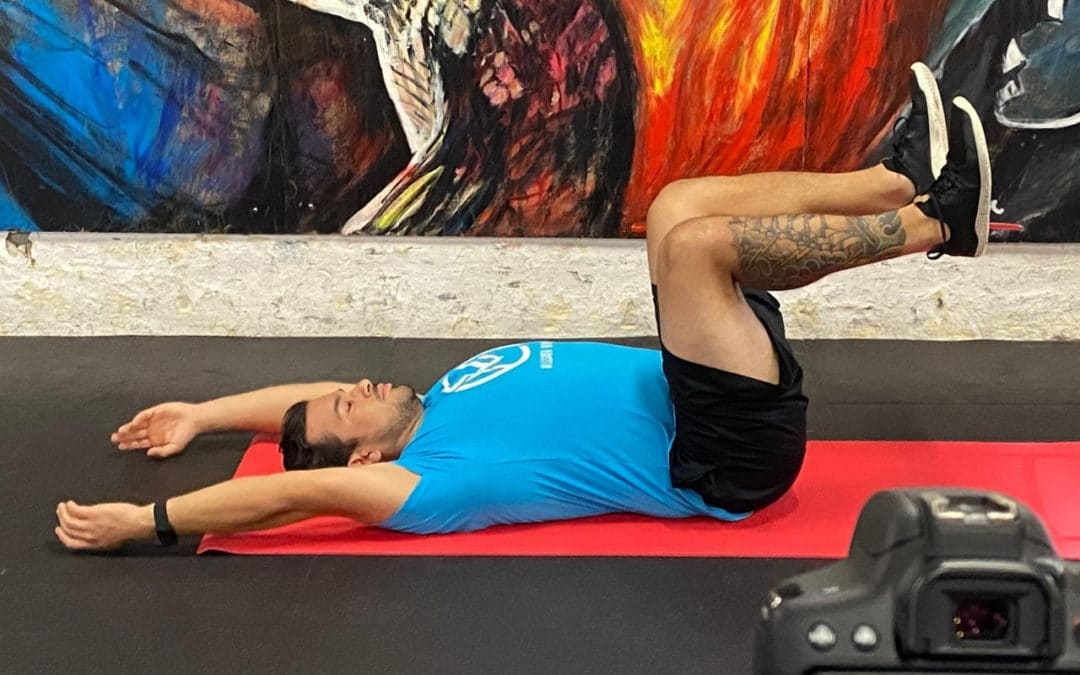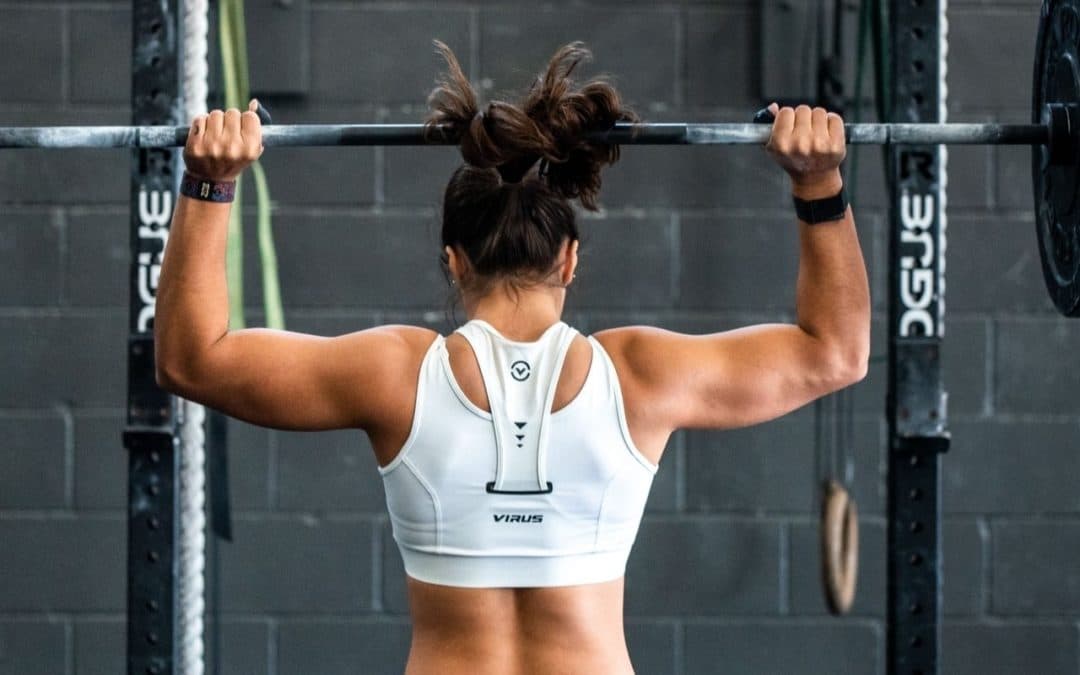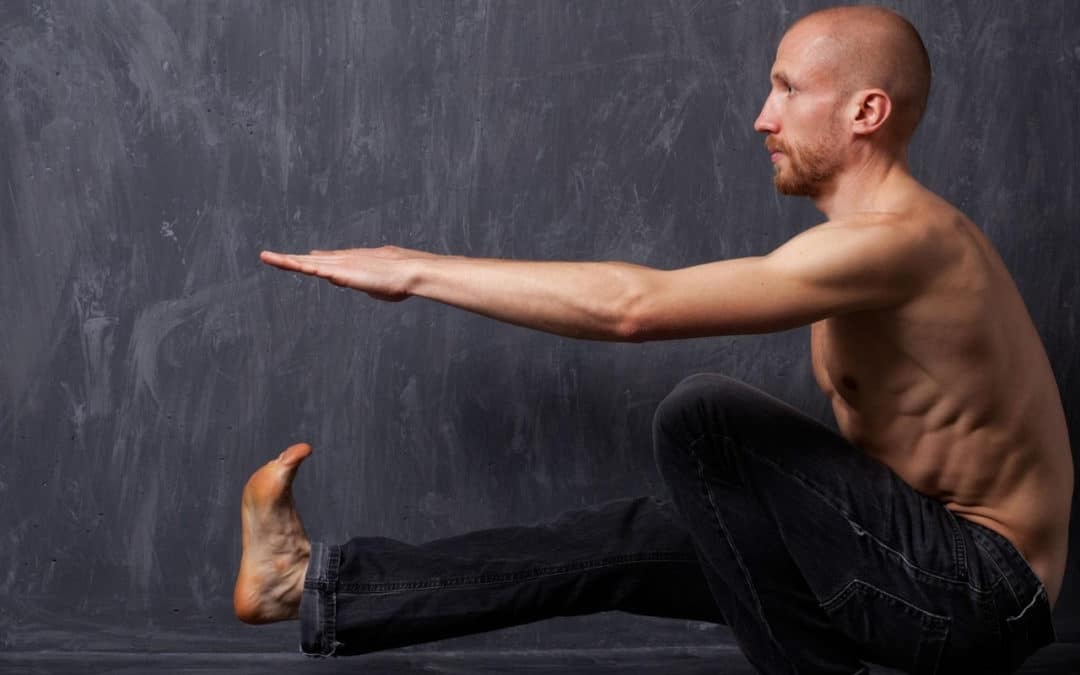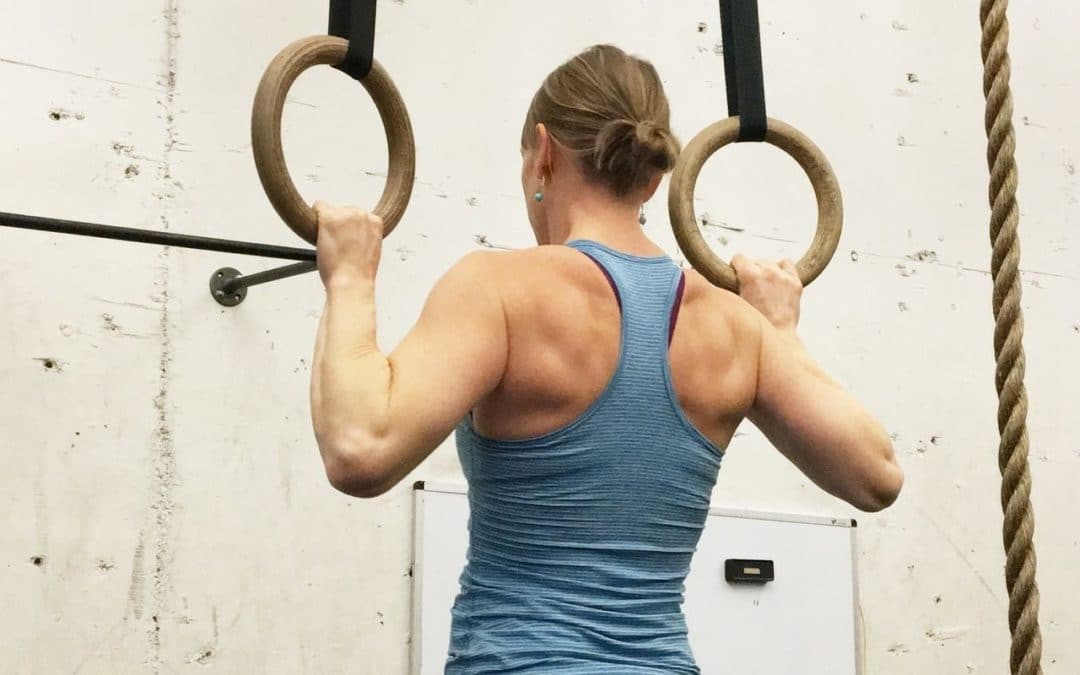Functional training programs are intended to make your body move well as a whole, not just as individual parts. Unfortunately many programs still lack movements that are helpful in sport and in life.
Adding lateral movements into your training with accessory programs is a great way to improve the effect of whatever functional training program you are following.
This post is part of a series that will help you identify important movement types that you may be missing out on and how to add them to your routine with accessory programs.
Accessory Programming Series
This post is part of our series on accessory programming for functional training programs like Crossfit. Click the links to view other posts in this series:
-
-
- Anti-Rotation Movements
- Rotation Movements
- Horizontal Pulling Movements
- Lateral Movements – You are here
- Unilateral Movements
- Building Accessory Programs
-
Lateral Movements in crossfit accessory programs
As I said above, Crossfit requires a lot of stabilization in the sagittal plane.
Much like rotation, there is a gap in how much lateral movements we tend to do in Crossfit.
I understand why- The type of exercises that include lateral movements and rotation don’t really match the Crossfit ethos.
It is difficult to find an exercise that moves a heavy load, over a relatively long distance, quickly AND moves laterally.
In fact, we aren’t really designed to move large loads laterally. Most of our big movement muscles reside on the front and back of our bodies and therefore we move in the sagittal plane for most of our activities.
But, neglecting the lateral movers and rotators and focusing too heavily on the big movers often leads to dysfunction and injury.
So in the name of “inclusive and constantly varied fitness,” I suggest that you start working lateral movements into your crossfit accessory programming.
Band Walking
This is probably the most common lateral movement drill I see in Crossfit boxes. Variations have been a mainstay in the rehab and sports performance circles for years but only rarely in Crossfit.
I mostly see it as a corrective given to someone whose knees buckle in during squats. This exercise has so much more value than that!
Try taking off the band and shuffling between two lines or cones, like a basketball agility drill. It may not look like Crossfit but this type of drill is incredibly challenging for energy system development and it’s great for the lateral movement subsystem.
Perhaps try the shuffling drill as a Tabata?
Lateral sled drags – A great alternative lateral movement
Lateral band walking is a great way to activate the hip abductors but after a while it gets boring. When available I like to work in lateral sled drags both as a corrective and activation drill. This way you can really engage the core and the lateral and medial hip muscles in a high-value movement. This is one of the few lateral movements that can move a large load over a long distance quickly.
Dan Pope of Fitnesspainfree.com does an excellent job demonstrating this.
KB Windmill
Taco Fleur, again, demos this one like a boss. Like most of these exercises, it doesn’t fit the typical Crossfit movement paradigm but this one is great for shoulder and spine stability and for hip hinging mechanics. I like adding it to accessory programs on days where the primary lift is a hip hinge like a deadlift.
Once again if you want to take a look at his stuff go here – Cavemantraining the premier kettlebell education provider.
Lateral Planks
OK, so the hype around planks has been overdone… like a lot. And while I see value in planks I see very little value in being able to hold a plank for excessively long periods of time like this guy.
It’s just not practical and I don’t think it is a valuable expression of fitness.
But core stability and tension generation are important and lateral planks make it challenging. They engage the entire lateral stabilization system and core. And lateral planks can be progressed or regressed in a bunch of different ways.
Working lateral movements into your training
If you already play field or court sports you probably get some exposure to lateral lower body movements already. But adding some into your training will help you gain an edge in your sport.
In Crossfit, you may consider adding agility shuffling or a similar type of drill to a metcon once a week or so. It could be as simple as shuffling between two lines spaced 8-10 feet apart for a Tabata interval as I mentioned above. Or you could perform x back and forth reps during an AMRAP or chipper WOD.
These types of drills CRUSH your heart rate similarly to burpees or double-unders. But they also help develop lateral stability. An element that, once again, is sorely lacking in many functional fitness programs.
Learn more from us
We are coming out with great content all the time.
Sign up below to grab 5 free sessions from our daily mobility program Daily Tonic: Movement For Life and also get a heads up fro mus when new great things are coming out.




